🔥 New Mexico Cuisine: The Spicy Secret Behind the Southwestern Flavor Explosion!
🌮 A Flavor Journey Through the Land of Enchantment
Welcome, spice lovers and curious foodies! Today we're diving deep into one of America’s most underrated culinary treasures—New Mexico cuisine. Known for its bold use of chiles, smoky undertones, and a perfect balance between heat and flavor, New Mexico food is not just a meal—it’s an experience. So grab your apron, some green chile powder, and let’s explore what makes this Southwestern gem sizzle!
📖 Quick History: From Indigenous Roots to Modern Fusion
- New Mexico’s food heritage begins with Pueblo Native American tribes who cultivated corn, beans, squash, and chiles.
- The arrival of Spanish settlers introduced pork, lamb, dairy, and new cooking techniques.
- Mexican influences later enriched the flavor palette with more spices and sauces.
- Today’s New Mexican cuisine is a beautiful fusion of all three cultures, celebrated in every bite.
🌟 Top 5 Spice Secrets of Authentic New Mexico Dishes
Buckle up your spice boots, because we’re about to reveal the magic behind those mouthwatering flavors. Whether you're a pro chef or a weekend grill warrior, these tips will help you bring that authentic NM flair to your kitchen!
1️⃣ Chile Is King (and Queen, and Crown Prince)
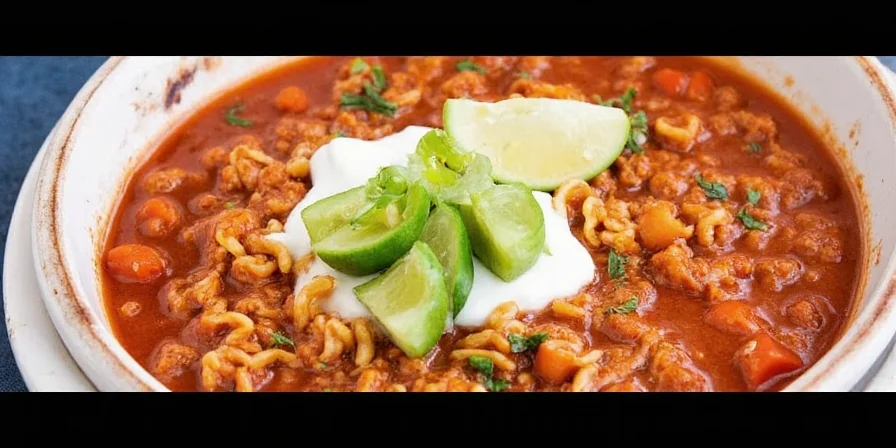
In New Mexico, chiles aren’t just an ingredient—they are the soul of the dish. From mild to fire-breathing, here’s a quick breakdown:
| Type | Heat Level (Scoville) | Flavor Profile |
|---|---|---|
| Poblano (Ancho when dried) | 1,000–2,000 | Earthy, slightly sweet |
| Guajillo | 2,500–5,000 | Tangy, berry-like notes |
| New Mexico Green Chile | 1,000–10,000 | Grassy, bright, roasted |
| Hatch Chiles | Varies (Mild to Hot) | Iconic NM flavor, nutty & complex |
| Red Chile Pods | 1,000–8,000 | Smoky, rich, full-bodied |
2️⃣ Toasting & Grinding Your Own Chiles = Instant Upgrade

You wouldn’t dream of using pre-ground coffee for espresso, right? Same goes for chiles! Toast them gently in a dry pan until fragrant, then grind into a fine powder. It transforms any dish from “meh” to “Oh my green chile!”.
3️⃣ Use Lard Like a Legend (Or Substitute Smartly)
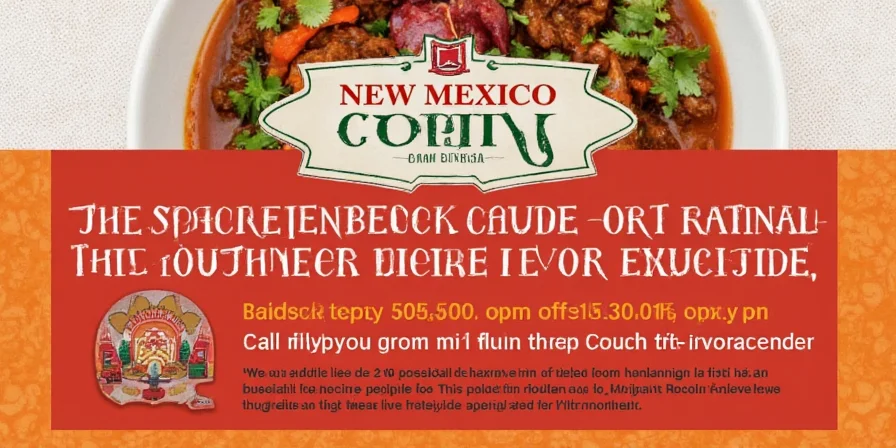
Lard gives dishes that unmistakable richness and crispiness. If you’re avoiding animal fats, go for avocado oil or clarified butter. But trust us—when frying sopapillas or stuffing enchiladas, lard is king.
4️⃣ Embrace the Holy Trinity: Onions, Garlic, and Cumin
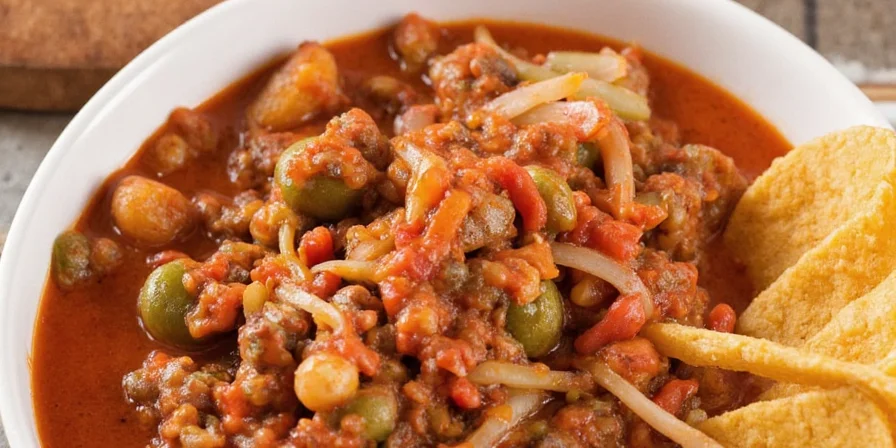
This trio forms the aromatic backbone of countless New Mexican dishes. Sauté them slowly to develop depth, then add your chile base. Boom—you’ve got yourself a flavor bomb ready to explode into stews, meats, or sauces!
5️⃣ Serve Red or Green? That’s Not Just a Question—It’s a Lifestyle
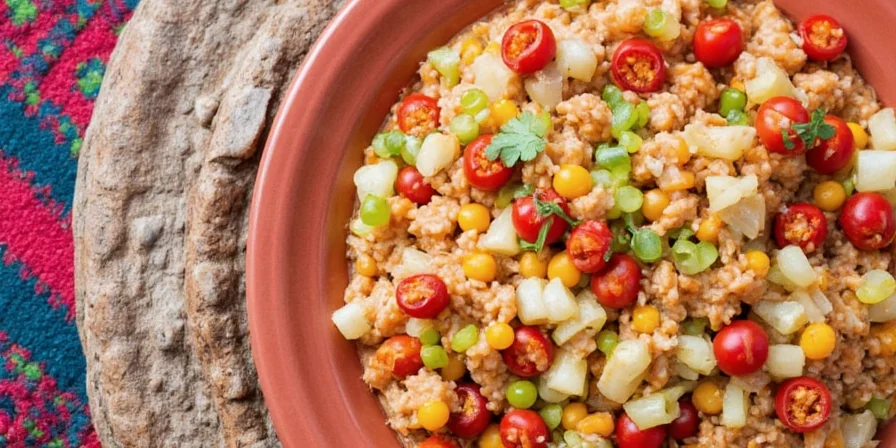
Asking someone if they want red or green chile sauce in New Mexico is like asking if they prefer sunshine or fresh air. Both have their charms, so why not mix it up? Here's a handy cheat sheet:
| Red Sauce | Green Sauce |
|---|---|
| Made from dried red chiles | Fresh roasted green chiles |
| Smoky, earthy, deep | Grassy, tangy, fiery |
| Ideal for enchiladas, tamales | Perfect on burritos, eggs, burgers |
| Thicker consistency | Smoother, brighter |
🍴 Must-Try Dishes That Define New Mexico Cuisine
Ready to test those spice secrets in real life? Try these iconic dishes and taste the Southwest like a local:
- Green Chile Cheeseburger – Juicy beef, gooey cheese, and a kick of roasted green chile. Found at nearly every diner across the state.
- Carne Adovada – Tender pork marinated in red chile sauce, slow-roasted to perfection.
- Enchiladas Suizas – A NM twist with green chile cream sauce instead of Swiss-inspired ones.
- Blue Corn Tortillas – Nutty, slightly sweet, and naturally gluten-free.
- Posole – Hominy stew simmered in red chile broth, often with pork or chicken.
- Sopapillas – Fried pastry puffed to perfection, served with honey or powdered sugar.
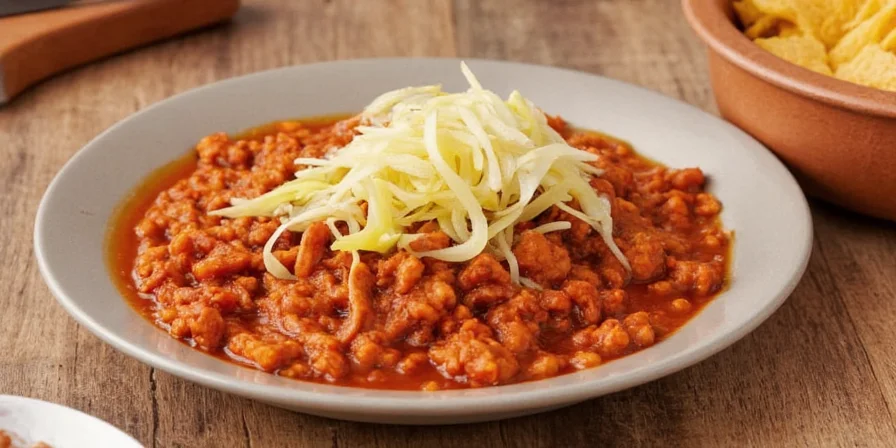
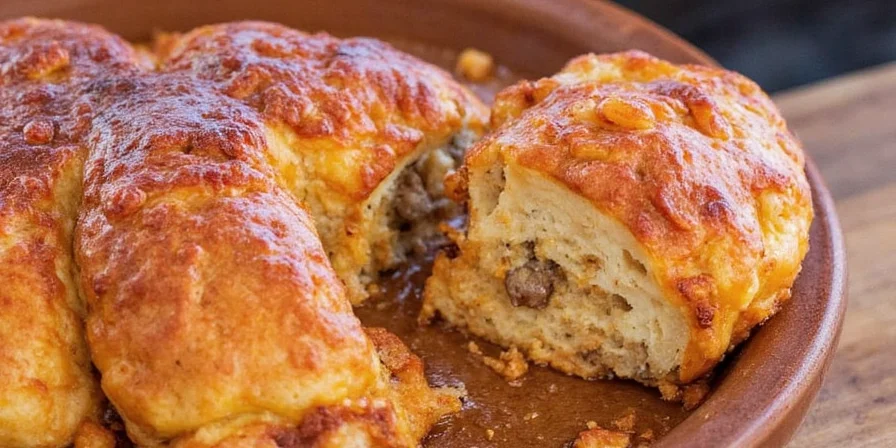
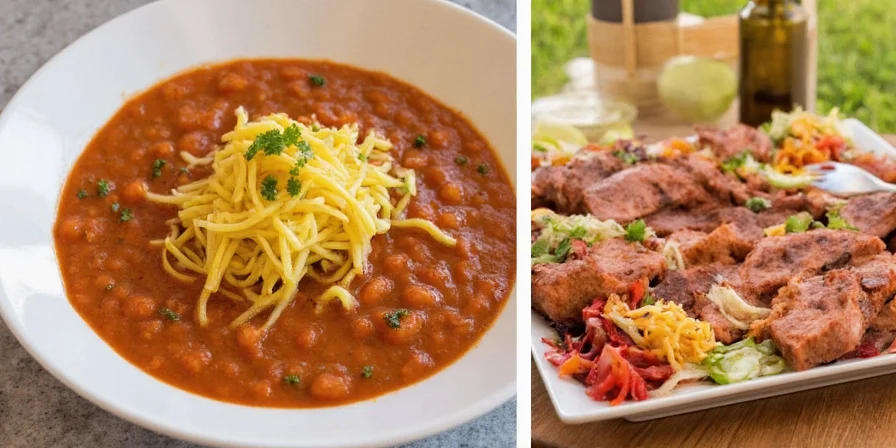
🌶️ Common Mistakes to Avoid When Cooking New Mexico Style
Even seasoned chefs can trip over simple errors when trying to replicate NM flavors. Don’t let these slip-ups ruin your spicy masterpiece:
- Using low-quality chiles – Fresher is better, but even dried pods should be vibrant and fragrant.
- Overcooking chiles – They burn easily and turn bitter. Keep a close eye during roasting or grinding.
- Neglecting salt balance – Chiles can be salty, especially canned or jarred versions. Taste before seasoning!
- Ignoring regional differences – Hatch Valley chiles have a different profile than California-grown ones. Know your source!
- Skipping the garnish – Fresh cilantro, lime, or a sprinkle of cotija elevates everything.
💡 Pro Tips for Making Your New Mexico Dishes Stand Out
- Roast your own Hatch chiles in-season for that unbeatable aroma.
- Use a comal or cast iron skillet for authentic charring.
- Add a pinch of cinnamon or cloves to red chile sauces for warmth and complexity.
- Don’t shy away from blending red and green chiles for a unique fusion sauce (a.k.a. Christmas style).
- Make extra chile sauce and freeze in ice cube trays—your future self will thank you.
🌍 Final Thoughts: Why New Mexico Cuisine Deserves a Spot on Your Table
New Mexico cuisine isn’t just about spicing things up—it’s a celebration of culture, history, and flavor harmony. By mastering just a few key ingredients and techniques, you can transform everyday meals into something truly magical.
Whether you’re hosting a backyard cookout or craving comfort food with a twist, don’t forget to ask yourself the most important question of all:

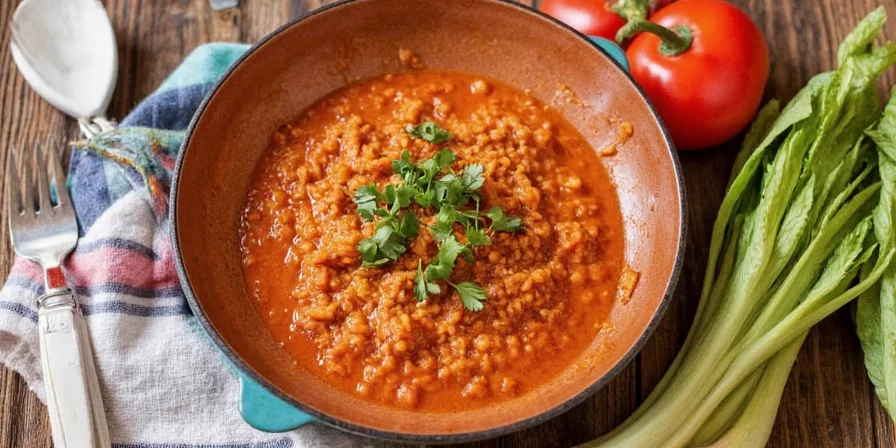









 浙公网安备
33010002000092号
浙公网安备
33010002000092号 浙B2-20120091-4
浙B2-20120091-4